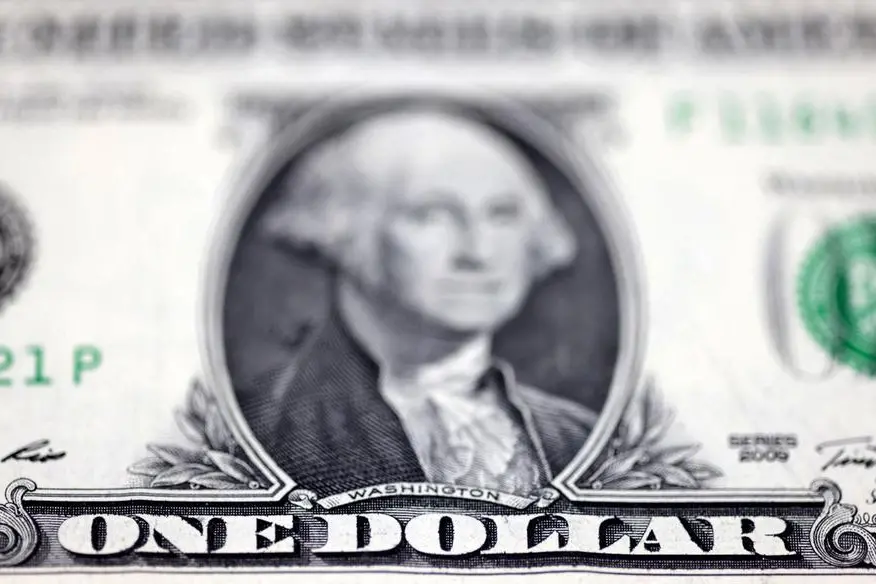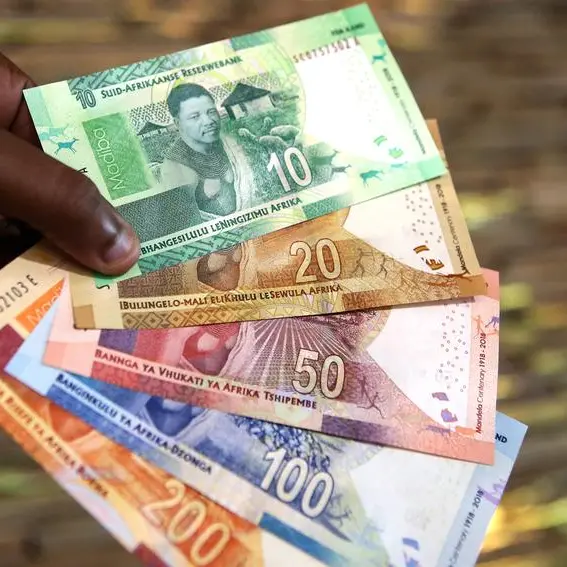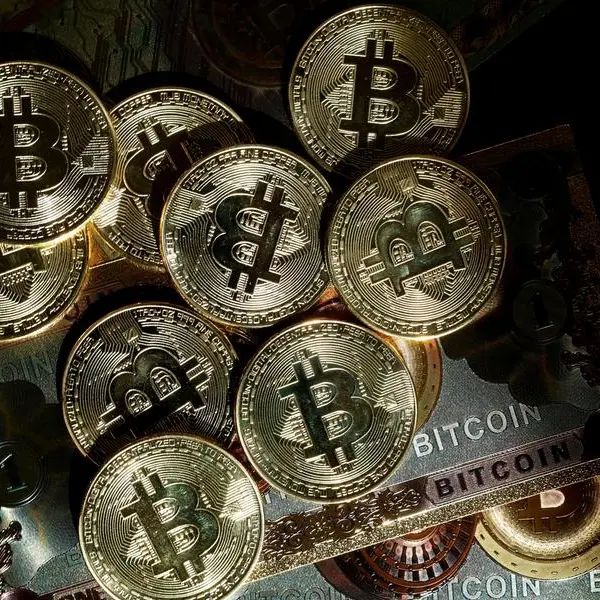PHOTO
The dollar struggled for direction on Tuesday as investors were cautious ahead of inflation data due on Wednesday, while U.S. Treasuries rose after markets scaled back their bets on future Federal Reserve rate cuts.
The yen hovered near multi-decade lows, keeping traders on alert for any signs of intervention.
Traders in Fed fund futures bet on a total of about 65 basis points (bps) of rate cuts this year, up from 62 bps late on Monday, which was the lowest rate cut expectation since October last year and down from 150 basis points in January.
The prospect of a first 25 bps cut in June had an around 50% probability, down from 57% a week ago, CME Group data showed.
The U.S. dollar ended last week lower as traders digested mixed economic data, including an unexpected slowdown in U.S. services expansion and U.S. job growth that exceeded expectations.
The dollar index, which tracks the currency against six major peers, rose by 0.01% at 104.15.
U.S. consumer price inflation for March on Wednesday will provide further clues about the Fed policy path.
Dallas Fed President Lorie Logan said on Friday, after jobs data, that an inflation landscape increasingly beset by upside risks argued against any imminent push toward easier monetary policy, while Bank of Chicago President Austan Goolsbee said on Monday the Fed must weigh how much longer it can maintain its current rate stance without damaging the economy.
"After two upside surprises, there is an understandable caution over a potential weaker print that would quickly see June rate cut expectations increase again," Derek Halpenny, head of research global markets at MUFG Bank, said.
Some analysts said geopolitical risk might increase demand for safe haven assets, including the U.S. dollar.
Hopes of a ceasefire in Gaza diminished after Hamas said Israel's proposal that it received from Qatari and Egyptian mediators did not meet Palestinian factions' demands.
The U.S. dollar added 0.04% to 151.90 yen, holding near a 34-year high of 151.975 yen hit last month as Japanese officials continued trying to talk up the currency.
Finance Minister Shunichi Suzuki said on Tuesday authorities would not rule out any options in dealing with excessive yen moves, repeating his warning that Tokyo is ready to act against the currency's sharp declines.
The threat of intervention has kept the dollar from breaching the closely-watched 152 yen level, even as U.S. Treasury yields - which the dollar/yen pair tends to closely track - climb.
"USD/JPY will continue to move in a tight range from 151.0-152.5," said Ryota Abe, an economist at SMBC.
He expects Japanese authorities to intervene to "curb volatilities" in the event of a rapid move higher in the dollar/yen pair.
Also on Tuesday, Bank of Japan Governor Kazuo Ueda said the central bank must consider reducing the degree of monetary stimulus if inflation accelerates.
The euro dipped 0.1% at $1.083025, while sterling GBP= was at $1.26290, down 0.1% on the day.
Euro zone banks lowered the bar on mortgage approvals last quarter for the first time in over two years, but demand for credit kept falling amid high borrowing costs and a stagnant economy, a ECB survey showed on Tuesday.
The ECB lending survey could influence ECB communications at its Thursday policy meeting, according to Shreyas Gopal, forex strategist at Deutsche Bank Research.
Analysts expected the ECB to hold rates this week, while reiterating ECB decisions will remain data-dependent.
Markets price a first move by the ECB in June and at least three rate cuts of 25 bps by year-end.
In the broader market, the New Zealand dollar hit a more than two-week high of $0.6049, brushing off a private think tank survey that showed the country's business confidence in the first quarter weakened.
Elsewhere, the Australian dollar was flat at $0.6604, while the Chinese yuan eased slightly to 7.2341 per dollar.
While the yuan has steadied this week in part following upbeat Chinese economic data, it remains within a whisker of a 4-1/2 month low of 7.2364 it struck on April 3 despite the central bank's firmer daily benchmark settings. It is down 1.8% this year.
(Reporting by Stefano rebaudo and Rae Wee; Editing by Shri Navaratnam, Jamie Freed and Barbara Lewis)























